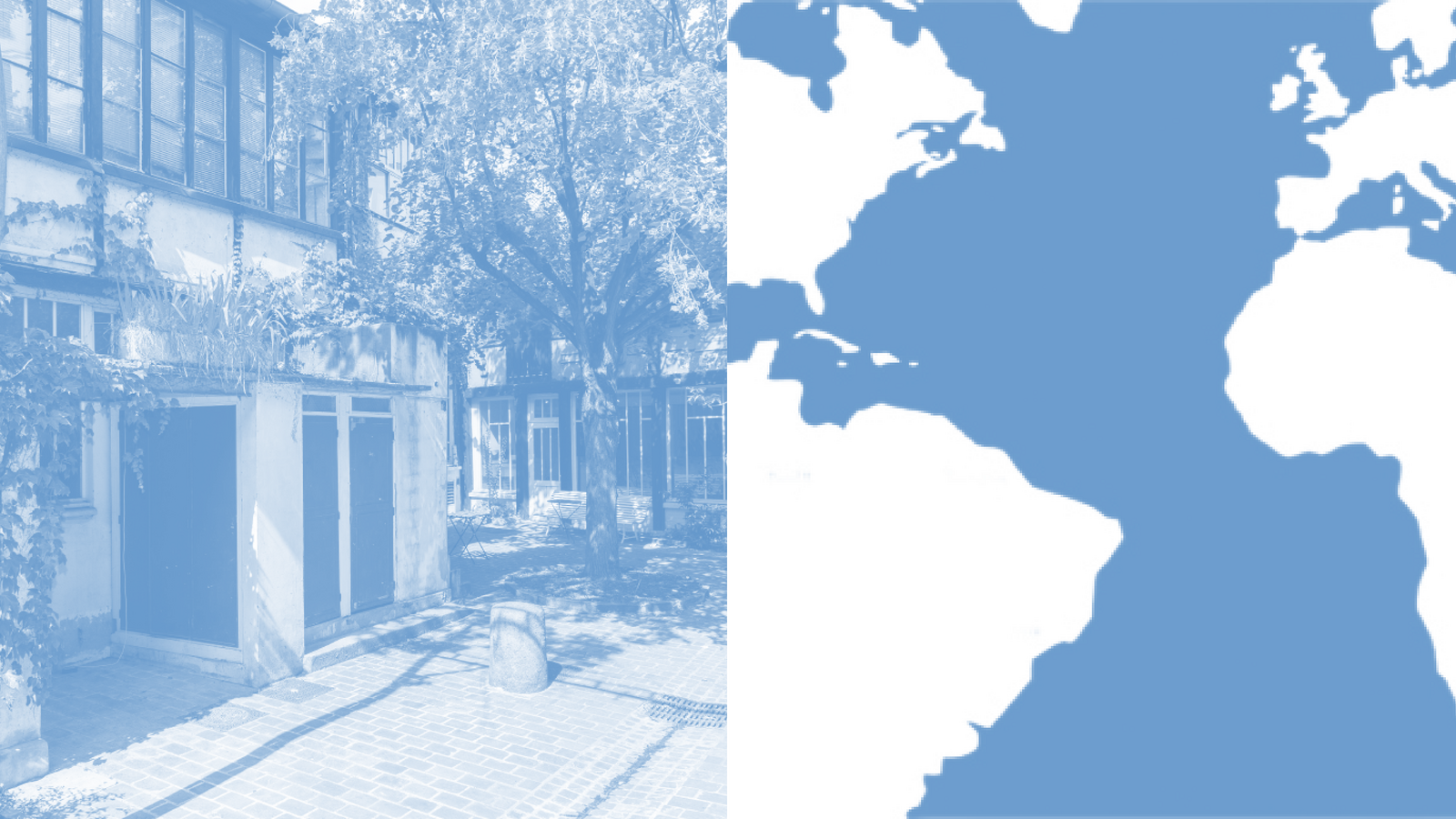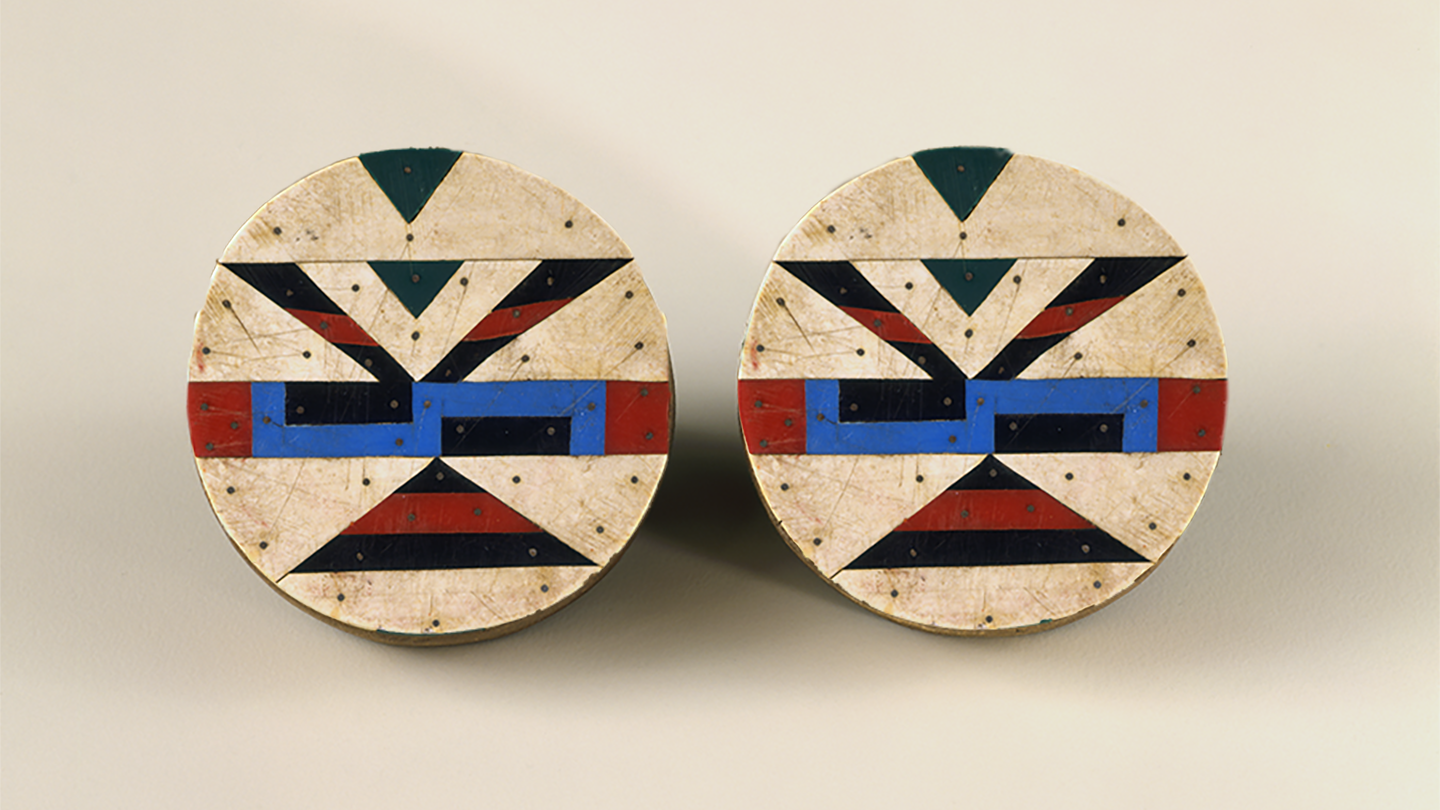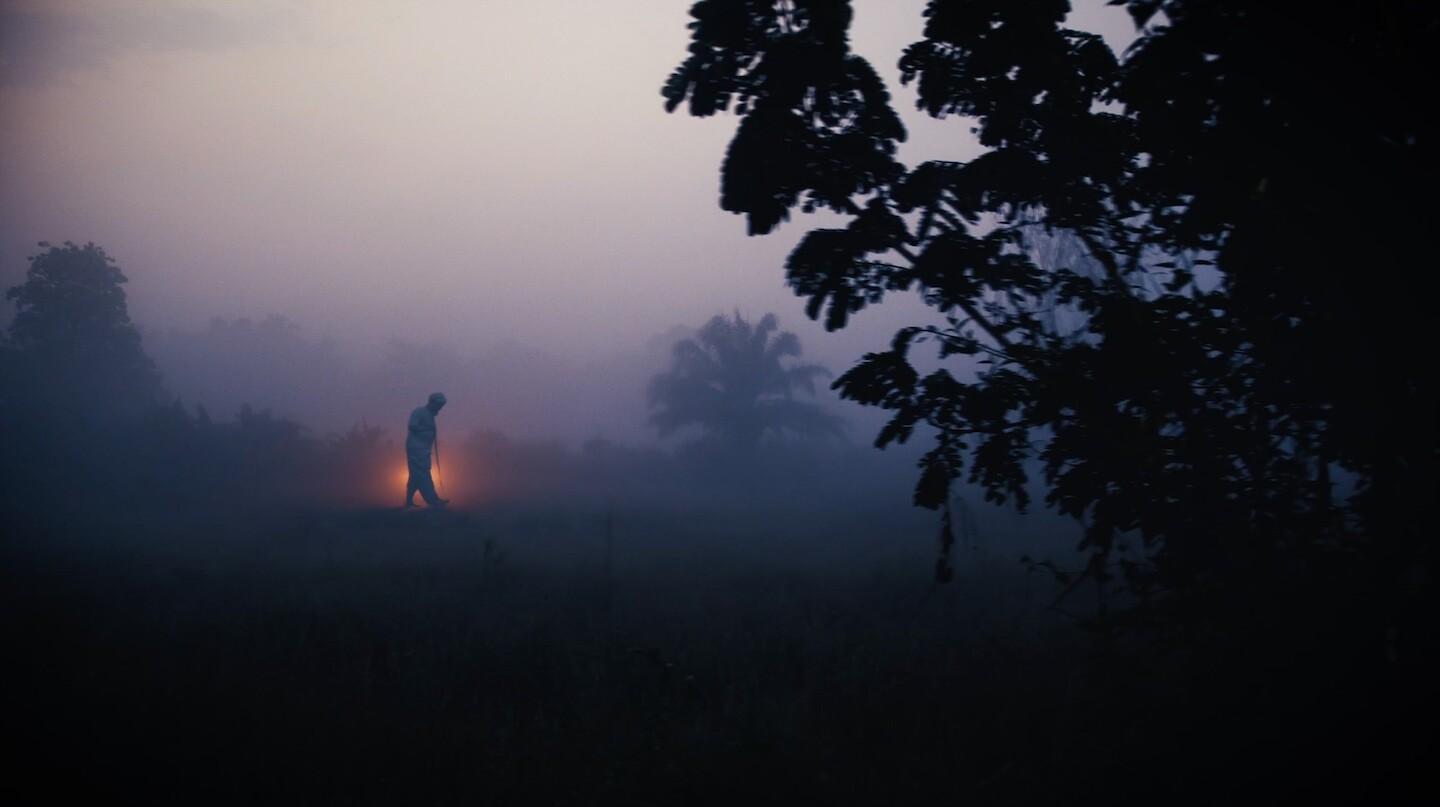Categories
Subjects
Artists, Authors, and Curators
Institutions
Locations
Types
Years
Sort by:
Filter
Done
222 documents
Archives of Women Artists Research and Exhibitions (AWARE)
Marie-Solanges Apollon research residency
e-flux Agenda
Posted: July 4, 2024
Category
Call for applications, Performance
Subjects
Artistic Research , Africa, Diaspora
Haile Gerima’s Sankofa, with Honey Crawford and Merawi Gerima
Haile Gerima, Honey Crawford, Merawi Gerima, Natacha Nsabimana, and African Film Institute
e-flux Events
Posted: June 27, 2024
Category
Film
Subjects
Africa, USA, Slavery, Diaspora, Blackness
Kunstmuseum Wolfsburg
Firelei Báez: Trust Memory Over History
e-flux Announcement
Posted: June 26, 2024
Category
Borders & Frontiers, Migration & Immigration
Subjects
History, Diaspora
Institution
Nuit Blanche
Nuit Blanche 2024: Polygonal/e
e-flux Announcement
Posted: May 14, 2024
Category
Contemporary Art
Subjects
Diaspora, Postcolonialism
Institution
Galerie Barbara Thumm
María Magdalena Campos-Pons: I Heard the Spirits’ Voices
e-flux Agenda
Posted: May 2, 2024
Category
Religion & Spirituality
Subjects
Diaspora
Institution
PHI Foundation for Contemporary Art
Rajni Perera and Marigold Santos: Efflorescence/The Way We Wake
e-flux Announcement
Posted: May 1, 2024
Category
Migration & Immigration
Subjects
Collaboration, Diaspora
Institution
Issam Kourbaj
Tom Denman
e-flux Criticism
Posted: March 29, 2024
Category
War & Conflict
Subjects
Middle East, Memory, Diaspora
Croatian Pavilion at the Venice Biennale
Vlatka Horvat: By the Means at Hand
e-flux Announcement
Posted: March 27, 2024
Category
Migration & Immigration
Subjects
Diaspora, Networks
Institution
e-flux
Posted: March 20, 2024
Category
Education
Subjects
Africa, Diaspora, Black Power, Black Studies
Neuberger Museum of Art at Purchase College, SUNY
Virtual convening on African art in American museums
e-flux Education
Posted: March 13, 2024
Category
Museums
Subjects
Africa, Art History, Diaspora
The Modern Art Museum of Fort Worth
Surrealism and Us
e-flux Announcement
Posted: March 1, 2024
Subjects
Surrealism, Caribbean, Diaspora
Institution
e-flux Criticism
Posted: February 29, 2024
Subjects
China, USA, Identity Politics, Diaspora
Chilean Pavilion at the Venice Biennale
Valeria Montti Colque: Cosmonación
e-flux Announcement
Posted: February 26, 2024
Category
Migration & Immigration
Subjects
Citizenship, Diaspora
Institution
Schirn Kunsthalle Frankfurt
Melike Kara: shallow lakes
e-flux Announcement
Posted: February 15, 2024
Category
Migration & Immigration
Subjects
Diaspora
Institution
University of Michigan Museum of Art
Angkor Complex
e-flux Education
Posted: February 1, 2024
Category
Colonialism & Imperialism
Subjects
Southeast Asia, Postcolonialism, Diaspora
Center for Art, Research and Alliances (CARA)
Publishing Expanded: Where Is Africa
e-flux Announcement
Posted: January 8, 2024
Subjects
Africa, Publications, Diaspora
Institution
MAAT—Museum of Art, Architecture and Technology
MAAT presents its 2024 annual programme
e-flux Announcement
Posted: December 19, 2023
Category
Nature & Ecology
Subjects
Africa, Diaspora
Institution
IV INSTAR Film Festival
Miñuca Villaverde, Fernando Villaverde, Alejandro Alonso, Rafael Ramírez, and INSTAR
e-flux Events
Posted: December 9, 2023
Category
Film, Latin America
Subjects
Experimental Film, Documentary, Cuba, Diaspora
New York premiere: Charles Mudede, Thin Skin
Charles Tonderai Mudede
e-flux Events
Posted: November 30, 2023
Category
Film, Music
Subjects
USA, Diaspora, Family, Africa
e-flux Education
Posted: November 29, 2023
Category
Performance
Subjects
Africa, Diaspora
kurimanzutto
A Story of a Merchant
e-flux Agenda
Posted: November 28, 2023
Category
Colonialism & Imperialism
Subjects
China, Diaspora
Institution
Museu de Arte Moderna de São Paulo
Hands: 35 years of the Afro-Brazilian Hand
e-flux Announcement
Posted: October 18, 2023
Category
Latin America
Subjects
Diaspora, Exhibition Histories
Institution
Suneil Sanzgiri: Screening and Conversation
Suneil Sanzgiri
e-flux Events
Posted: October 17, 2023
Category
Film, Surveillance & Privacy, Colonialism & Imperialism
Subjects
Experimental Film, Video Art, Diaspora, Decolonization, Indian Subcontinent, Storytelling, Memory, Historicity & Historiography
Institute of Contemporary Art, Miami (ICA Miami)
Two new podcast seasons
e-flux Announcement
Posted: September 24, 2023
Subjects
Rituals & Celebrations, Diaspora, Caribbean
Institution
National Museum of Modern and Contemporary Art, Seoul
Jung Yeondoo: One Hundred Years of Travels
e-flux Announcement
Posted: September 24, 2023
Subjects
Diaspora, Mexico, East Asia
Everywhere Was the Same: Pegah Pasalar, Mounira Al Solh, Basma al-Sharif, Suneil Sanzgiri, and Mirene Arsanios
Pegah Pasalar, Mounira Al Solh, Basma al-Sharif, Suneil Sanzgiri , and Mirene Arsanios
e-flux Events
Posted: September 12, 2023
Category
Film, Migration & Immigration
Subjects
Diaspora, Middle East, Southeast Asia
Miriam and Ira D. Wallach Art Gallery at Columbia University
Uptown Triennial 2023
e-flux Education
Posted: August 30, 2023
Category
Music
Subjects
Diaspora
e-flux Announcement
Posted: August 10, 2023
Subjects
Domesticity, Diaspora, China
Institution
Connecting Diaspora: Short Films by Ephraim Asili
Ephraim Asili
e-flux Events
Posted: July 18, 2023
Category
Film, Resistance
Subjects
Diaspora, Africa, USA, Poetry
Sharjah Art Foundation
Summer and autumn 2023 programmes
e-flux Announcement
Posted: June 28, 2023
Category
Photography
Subjects
Diaspora, Africa, Postcolonialism
Institution






























